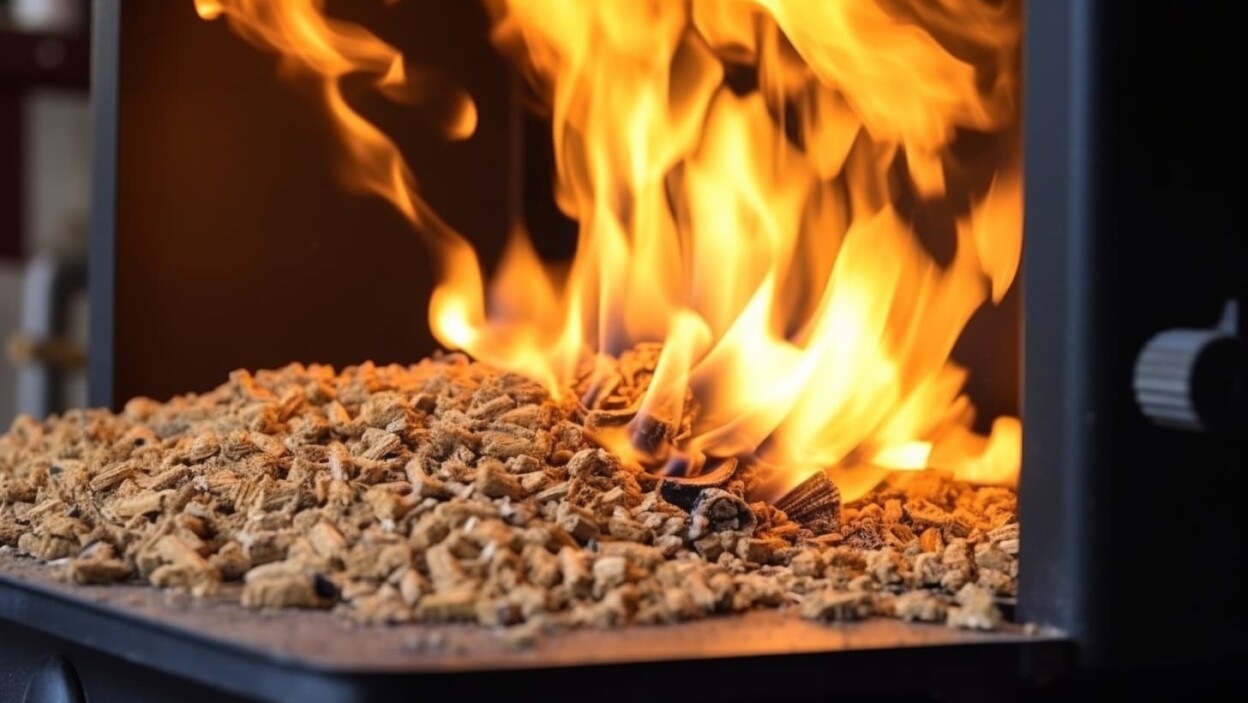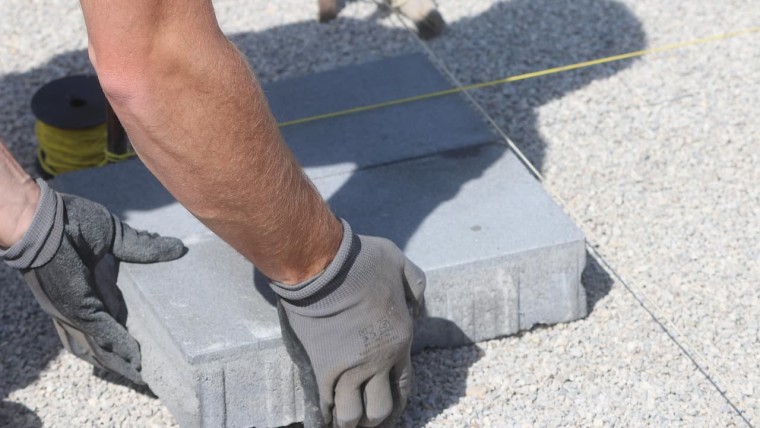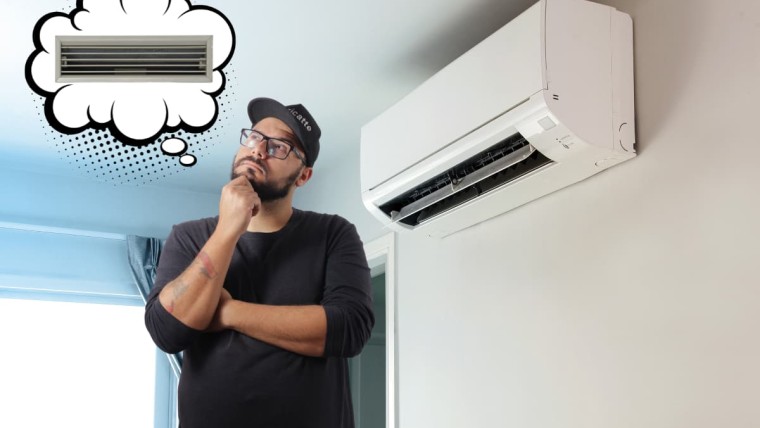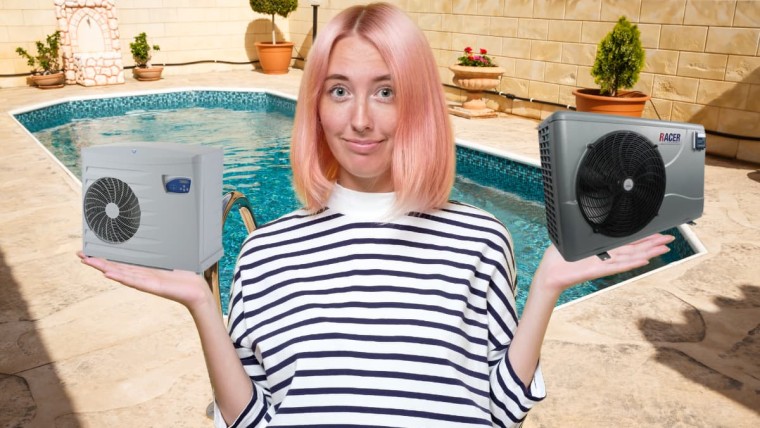" My pellet stove makes big flames ", " too many flames in my stove ", " why does my stove produce huge flames? "...many users complain about abnormally large flames from their pellet stoves or pellet stoves. As well as undermining the efficiency of the heating system, these oversized flames are dangerous.
In this article, we'll explain why your pellet stove produces flames that are too big, and then suggest some tips for solving the problem.
Pellet stoves: recognizing a normal flame
Color, size and shape of the flame
The pellet stove is a heating device that uses compressed wood pellets as an energy source to produce flames. The question that interests us here is: what are the characteristics of the ideal flame? ? It's simple: we're going to talk about the color, size and shape of the flame. Let's explore all this in a little more detail.
Let's start with the color of the flame. Under normal conditions, it should range from blue to bluish-yellow, thus indicating a complete and efficient combustion of wood pellets. A flame of this color shows that combustion is taking place at optimum temperature, ensuring high energy efficiency and reduced pollutant emissions.
The size and shape of the ideal flame depend on the settings of your pellet stove.It also depends on the model you have. Generally speaking, the flame should be moderate in size, stable and well distributed in the combustion chamber.
The quality of the combustion
Combustion quality in a pellet stove can be influenced by a number of factors, starting with pellet quality, air supply and stove settings. Good quality pellets have a low moisture content, a high density of raw materials (wood chips and sawdust in particular), a uniform size and a regular cylindrical shape. They must also be free from contaminants and harmful additives. Failure to do so will result in incomplete combustion and excessive soot deposits.
Optimal combustion also requires a good adjusting the airflow on your pellet stove. Air supply can be affected by burner clogging, which in turn leads to excessively large flames. While the lack of oxygen impacts combustion quality, excess air tends to cool the flame, reducing stove efficiency.
Finally, bear in mind that incorrect or inappropriate settings on your pellet stove (auger speed, heating power, air supply, etc.) can affect combustion quality and produce large flames. Hence the importance of adjusting your pellet stove depending on the size of the room to be heatedby referring to the technical data for your pellet stove and the advice of your installer.
Good maintenance of the pellet stove = optimal flame
";
We're probably not telling you anything when we say that regular maintenance of your pellet stove is essential to ensure its smooth operation, prolong its life and ensure your safety. It also helps maintain a normal flame, ensuring optimum energy efficiency. But how to maintain a pellet stove to the highest standards? The answer in a few key points:
- Clean burner and combustion chamber, regularly removing ashes and combustion residues to prevent soot build-up and maintain good flame quality;
- Check and clean the flue pipe (which must be correctly sized) to ensure that smoke and combustion gases are properly expelled;
- Inspect and replace seals, especially those around the door and flue, for signs of wear or damage;
- Regular inspection and cleaning of the auger and pellet tank to prevent blockages and ensure a constant supply of pellets.
In addition to regular maintenance, ideally carried out on a weekly basis, it is essential to carry out more extensive annual maintenance on the appliance. This has been mandatory in EU countries since 2009. In France, for example, annual pellet stove maintenance must be carried out by an RGE-certified professional, for obvious safety reasons. Maintenance is highly recommended in autumn, to ensure optimum operation of the equipment in winter.
What are the consequences of poor pellet stove maintenance?
As you can see, poor maintenance of your pellet stove can lead to a reduction in heating efficiency, an increase in pollutant emissions, the production of large flames, and even the risk of fire!
Neglecting to maintain your pellet stove means clogging the burner and combustion chamber. In fact, lack of maintenance will encourage the accumulation of ash, combustion residues and soot (the pellet stove fills with black soot), leading to clogged air openings and a reduced oxygen supply, which adversely affects the efficiency of the appliance. In addition, excessive clogging often leads to overheating of stove components, accelerating wear and tear and increasing the risk of fire.
In addition, insufficient cleaning of flue pipes can lead to the accumulation of creosote, a highly flammable by-product of wood pellet combustion. Creosote tends to clog the flue, reducing the stove's ability to properly evacuate flue gases and smoke. Results the fumes are forced back into the room, posing a risk of carbon monoxide poisoning.
Large flames in the pellet stove: what can be done?
The flame of your pellet stove too big? Don't panic, you have several options. Here's an overview.
Pellet quality
As we said, pellet quality plays a key role in combustion performance and the production of great flames. But how to choose quality pellets ? First of all, make sure your pellets comply with international quality standards, such as ENplus or DINplus, the benchmark in this field. These standards guarantee that pellets have low moisture content, high density and energy content, good mechanical strength and density, the origin of the wood...
In the EU, the criteria for choosing "A1" pellets for domestic heating are governed by standard EN 15 961-2 (corresponding to the international standard EN ISO 17 225-2). For a pellet to comply with this standard, it requires, among other things:
- A diameter between 6 mm ± 1 or 8 mm ± 1 ;
- A length between 3.15 mm and 40 mm;
- A moisture content of less than 10 % to ensure complete and efficient combustion;
- An ash content not exceeding 0.7 % (higher ash content can lead to excessive clogging of the burner and combustion chamber);
- Minimum mechanical strength of 97.5 %, etc.
Where to store pellets?
Pellets are sensitive to humidity, which affects combustion quality, resulting in large flames. Hence the importance of storing them in a dry, well-ventilated place.
Individuals often prefer to store their wood pellets outdoors, as long as space permits. Ideally, you should store your bags of pellets in a garden shed or garage. If pellets are packaged in bulk, make sure they are stored in a place that is easily accessible to delivery personnel.
If you can't store your pellets outside, it's perfectly possible to keep them at home, while protecting them from damp. Where can you store them? Laundry room, utility room, cellar... the choice is yours. The key is to keep them in their original packaging, protected from water, and make sure that the location of your choice is well ventilated. Finally, there are boxes specially designed to store pellets in dry conditions.
Adjusting the flame of the pellet stove
As we've already said, the size of the flames from your pellet stove is influenced, among other things, by the appliance's settings, particularly the air flow through the blower. The speed of pellet combustion depends on the amount of air.
To solve the problem of large flames and optimize combustion, be sure to adjust the settings on your pellet stove. In addition to the air flow rate, this involves adjusting the speed of the auger. Refer to the user manual for the manufacturer's recommended settings, which will enable you to feed the pellet into the fire. stove with the right amount of pelletsThis prevents over-firing and the production of large flames. If in doubt, don't hesitate to call in a qualified professional.
Can a pellet stove run continuously?
Yes, a pellet stove can be operated continuously. That said, it will be necessary to switch it off from time to time, in particular to clean it, or to avoid the risk of burns when refilling it with pellets.
My pellet stove makes big flames: conclusion
Abnormally large flames in a pellet stove can be linked to a number of factors, including pellet quality, stove settings and maintenance. To remedy this problem, it's important to choose quality pellets, store the pellets correctly, adjust your stove's settings and carry out regular maintenance.
By following these tips, you'll not only ensure optimum energy efficiency, but also safe operation of your pellet stove, with no risk of fire.
Don't hesitate to consult a professional in case of doubt, or for in-depth annual maintenance. That way, you can enjoy the warmth and comfort of your pellet stove, while protecting the environment and your safety.

Reda T.
Reda holds a PhD in finance and specializes in renewable energy economics. He combines financial expertise with an interest in sustainability, writing not only on the financing of green projects, but also on more general topics and frequently asked questions in this field.






